Italy has many cities to boast about, but some of the best Italian cities are the most overlooked! Parma is one of several Italian cities that is worth a visit. In fact, in 2020, Parma was named Italy's Capital of Culture by Culture Minister Dario Franceschini! It's a culinary center filled with museums, historical landmarks, and pockets of natural beauty. Parma was one of the social and political hubs of the Italian peninsula. Whether you are looking for a day trip, a weekend getaway, or a week-long trip, Parma has got a lot to offer. Below, we'll tell you everything you need to know for an enjoyable stay in Parma, Italy.
BEST TIME TO VISIT
There really isn't a bad time to visit Parma, Italy. Summers in Italy can get toasty and humid, but Parma is located in northern Italy, so the heat isn't unbearable. Most summer days will reach into the 80s F, and winter days will average in the 40s F. The weather is never too extreme for a very pedestrian-focused city to enjoy the outdoors.
Parma is a relatively small city located in the agricultural Emilia-Romagna region, but it has a vibrant university. Keeping the university schedule in mind may determine when you choose to visit Parma. You may want to avoid visiting during the summer holidays when the students spend their free time visiting the same attractions as yourself.
TOP ATTRACTIONS
Parma has a rich and interesting history that is showcased in the many museums, art galleries, and churches. It was a cultural, social, and political hub, starting during the Etruscan and Roman periods and reaching through the Middle Ages and Renaissance eras. You can find touches of these influences all throughout Parma.
Duomo di Parma Cathedral
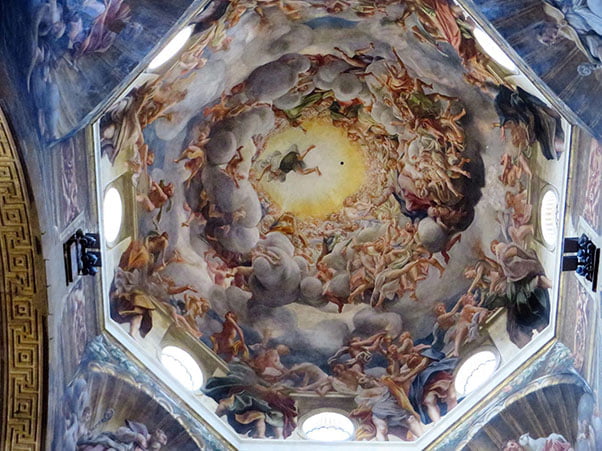
The Parma Cathedral is a masterpiece of the Romanesque architectural style. It dates back to 1059, although it had to be restored not long after it was completed due to an earthquake.
The cathedral's exterior is daunting in scope, and the elaborate interior features a fresco by Antonio da Correggio depicting the Assumption of the Virgin Mary.
The Baptistery
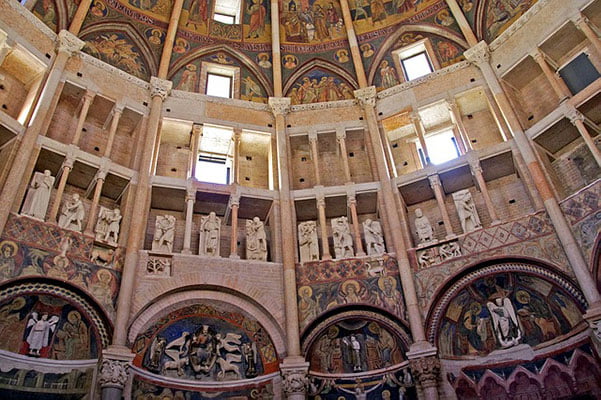
Next door to the Duomo di Parma is Parma's pink marbled baptistery. It's unique in structure, with pink Verona marble used to construct an octagonal building that almost looks like a layer cake. It houses an imposing marble baptismal basin that is still used during some Catholic baptisms. It's ornately decorated and features an incredibly detailed fresco cupola and an art gallery.
Palazzo della Pilotta
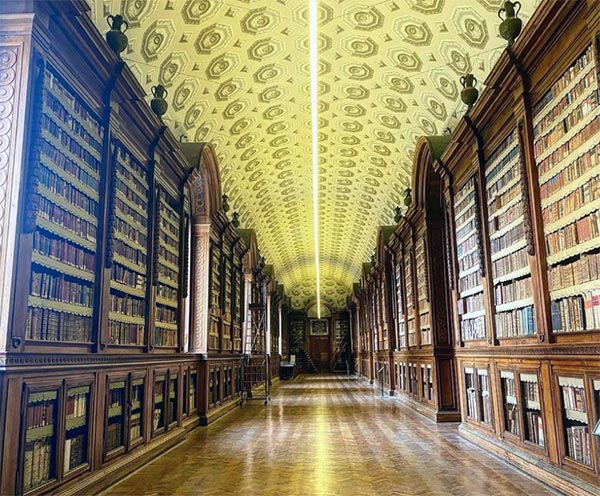
Parma was once the seat of the Farnese family, who were dukes of Parma during the Renaissance. The Palazzo della Pilotta was their palace.
A good amount of the palace has been destroyed, but there is still enough left to fill a day's visit. It has the expansive Palatine Library and a wide array of famous art by some Italian masters of painting, including da Vinci, Parmigianino, Correggio, and Tintoretto.
We recommend a guided tour of the palace, as it will underline just how important Parma once was to the political structure of Italy.
National Gallery of Parma
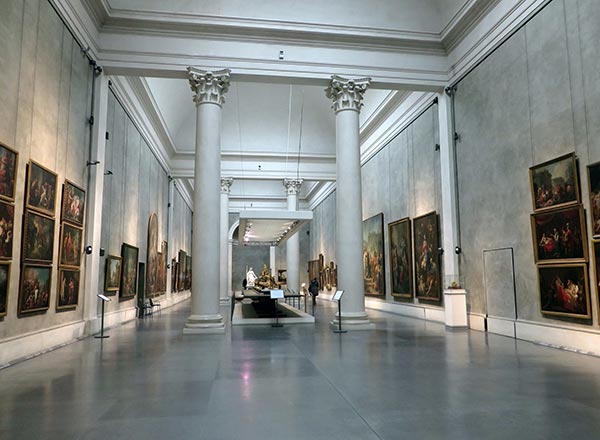
Inside the Palazzo della Pilotta is Parma's National Gallery. One-of-a-kind masterpieces by the likes of Tintoretto, Correggio, da Vinci, van Dyck, and Parmigianino fill the gallery. There, you'll see van Dyck's "Madonna and Child" and Correggio's "Martyrdom of Four Saints."
Teatro Farnese
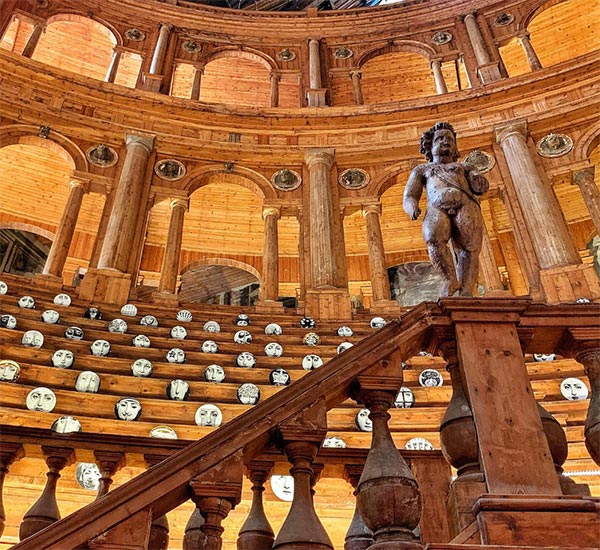
Staying inside the Palazzo della Pilotta, you'll find the Farnese Theater. It looks like it's constructed from marble, but it's not - the theater was built with wood and plaster and then painted over to resemble marble.
The actual theater you'll visit was built in 1962 after the original theater was completely destroyed during World War II. Still, it's impressive to visit the Teatro Farnese and imagine the heyday of the Renaissance upper class. Performances were so extravagant back then that the entire bottom section of the theater would be flooded during dramatic naval battle scenes!
Masone Labyrinth
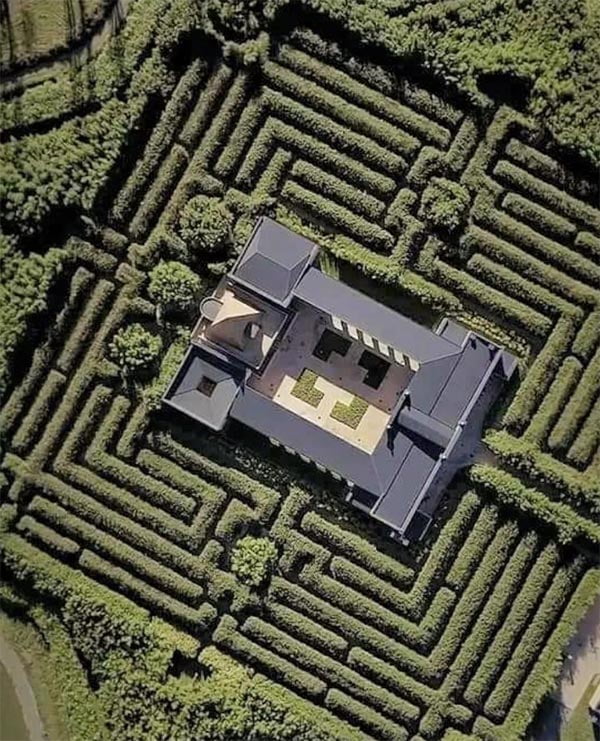
Parma, Italy has a unique claim to fame - it has the largest maze in the world. Due to its size, it's located slightly outside the city center but easily accessible. It covers over 20 acres of land! Bring a picnic because the maze's center is a large grassy commons that is perfect for picnics and outdoor performances. Masone Labyrinth also has a library and a large art gallery.
THINGS TO DO
Outside of the hugely popular tourist destinations listed above, there are many things to do in Parma that would fill a pleasant and relaxing Parma day trip.
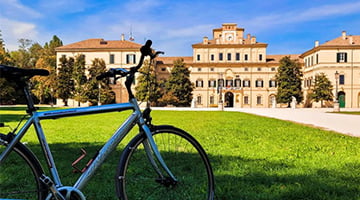
Biking
Parma, Italy, isn't all museums and historical landmarks. Biking is notably popular in Parmas' city center, as most of the transportation takes place by bicycle. The streets are set up for any cyclist to enjoy the sights of the city easily. If a more natural landscape is your aim, take a bike to the Parco Ducale. It's the largest green space in Parma, situated over the River Parma, and it is a gem for biking, strolling, and enjoying the ornamental gardens.
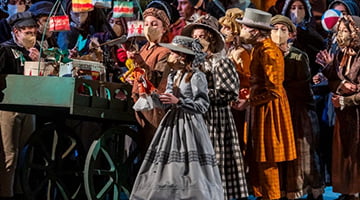
Go To A Opera
Parma is known both for its food and for its opera. The great Italian opera composer, Guiseppe Verdi, was born nearby and claimed by Parma.
One of the most famous opera houses in Italy is in Parma - the Teatro Regio. It hosts an annual Verdi festival, but you can purchase tickets to spectacular year-round performances by opera companies and the philharmonic orchestra.
If you're not much of an opera buff yourself, you can still enjoy a guided tour of the opera house. Teatro Regio has an astonishing interior, and the tour ends with a performance on the antique organ.
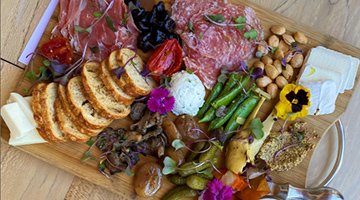
Eating Local Food
Parma, Italy, is a hub for Italian food culture, a true food lover's paradise. Many famous Italian foods came out of Parma, such as Prosciutto di Parma ("parma ham," anyone?) and Parmigiano Reggiano cheese (also known as parmesan cheese). They are the most famous local foods, and you can find both parmesan cheese and Parma ham as appetizers.
You will need to try numerous other culinary delights, including local cured meats and cold cuts, such as Culatello di Zibello, Salame Felino, and Spalla Cotta di San Secondo. There will also be mushrooms, truffles, and gorgeous fresh pasta, and Horsemeat will make a regular appearance in burgers and stews.
There are many Michelin-rated restaurants in Parma, but just as many smaller joints will serve you famous local foods and locally produced wines.
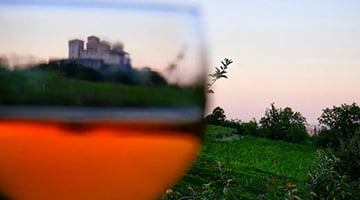
Experiencing Aperitivo
A social, Italian tradition that residents of Parma hold dear to their hearts is aperitivo. At 6 o'clock, everyone comes to the plazas and open streets to enjoy plenty of wine, small appetizers, and good conversation. Piazza Garibaldi is a hot spot for aperitivo. It's a fantastic time to enjoy local delicacies with Parma residents, many of whom are either university students or retirees.
WHERE TO STAY?
Parma offers a wide range of hotels in both the town center and periphery. Where to stay in Parma depends on what you plan to do: local sightseeing or visiting sites outside the city. If you intend to spend most of your time in the town center, choose a hotel in that area. If you plan to visit the castles and other famous monuments near Parma, your best option is to stay outside the city.
WHERE IS PARMA LOCATED?
Parma is found in the agricultural Emilia-Romagna region of northern Italy. The surrounding countryside is filled with fields, orchards, and vineyards, creating a pleasing backdrop to the architectural novels of Parma. The city sits between the Po Valley and the Apennine mountain range, whose foothills are situated nearby. The city is split in half by the Parma River itself.
HOW TO GET TO PARMA?
Parma, Italy, has a train station that runs rail lines to many major cities, both in the Emilia-Romagna region and throughout Italy. It's easy to get to Parma from any major Italian city, such as Rome, Florence, or Venice. Buses connect Parma to the small towns in the surrounding countryside.
In addition to the train station and buses, Parma also has an airport. The airport provides direct flights to and from a couple of popular locations around Europe, and one of those flights takes you to the larger capital city, Bologna airport. From the Bologna airport, you can take flights to a much larger list of locations around Italy and Europe.
TRANSPORTATION WITHIN
BICYCLES
Bikes are very popular in Parma, and they may just be the fastest transportation. Parma has a cycling path, so it's easy to bike around the city.
BUSES
Buses typically run in intervals of 10-15 minutes, and it's very affordable. There is a map of the bus routes and timetable at every bus stop, or you can use Google Maps for navigation. You can purchase the bus ticket at a ticket office or in shops like cafes, tobacco, etc. You can also purchase the ticket on the bus. A day pass and a monthly pass are available and are worthy of consideration.
ELECTRIC SCOOTERS
There are electric scooters that you can use throughout the city. These services are operated by three companies: Bit, Helbiz, and Wind. You will need to download their APP to use it. Through the APP, you will find the closest available scooter to you. The cost of the service per minute starts at 15 cents, and flat rates are available through each individual operator.
WALKING
Parma city center is the perfect spot for anyone who loves to walk. With many small medieval alleyways, walking around can be very interesting.
TAXI
This would be the most expensive option, and you can find them parked near areas close to the station or the central square, "Piazza Garibaldi." Uber is available, but only Uber Black, a premium ride with a professional driver. But if you are going slightly outside of central Parma, it may be cheaper than renting a car yourself. But be sure to do the math yourself prior.
GOLDEN TIPS
Biking
Bicycling is huge in Parma. The city's narrow streets are designed around bicycling and walking, although you will still see cars. If you aren't traveling far away, consider bringing your own bike. Otherwise, some companies allow you to rent out bicycles by the hour and public bikes that you can use at will.
Bring A Good Pair Of Walking
Wear a good pair of walking shoes. Parma is a city for pedestrians, and the sidewalks are filled with open-air cafes and shops, and everything is situated in close quarters. The city is designed for you to enjoy walking. Be prepared to be on your feet a lot by having good socks, solid walking shoes, and a few remedies for blisters.
Bring A Water Bottle
Have a nice water bottle on hand. Parma has a humid climate year-round, particularly in the summer, so you'll likely sweat a lot. There are many places to fill up a water bottle easily, so have one on hand to stay hydrated.
A Shawl Or Light Jacket
Bring a shawl or light jacket with you wherever you go. There can be quite a temperature difference from the warm outdoors to the cooler air inside the Governor's palace, town hall, cathedral, and art galleries.
Parma, Italy, is a great city to visit as it offers plenty to do and delicious food and drink options to keep you occupied. Whether you seek a day trip, a weekend getaway, or a week-long trip in a small city, Parma is a great destination with a lot to offer. It's small enough to see the main sights on foot but large enough to have many options. And if you are a parmesan cheese and prosciutto fan, this city is worth visiting.
